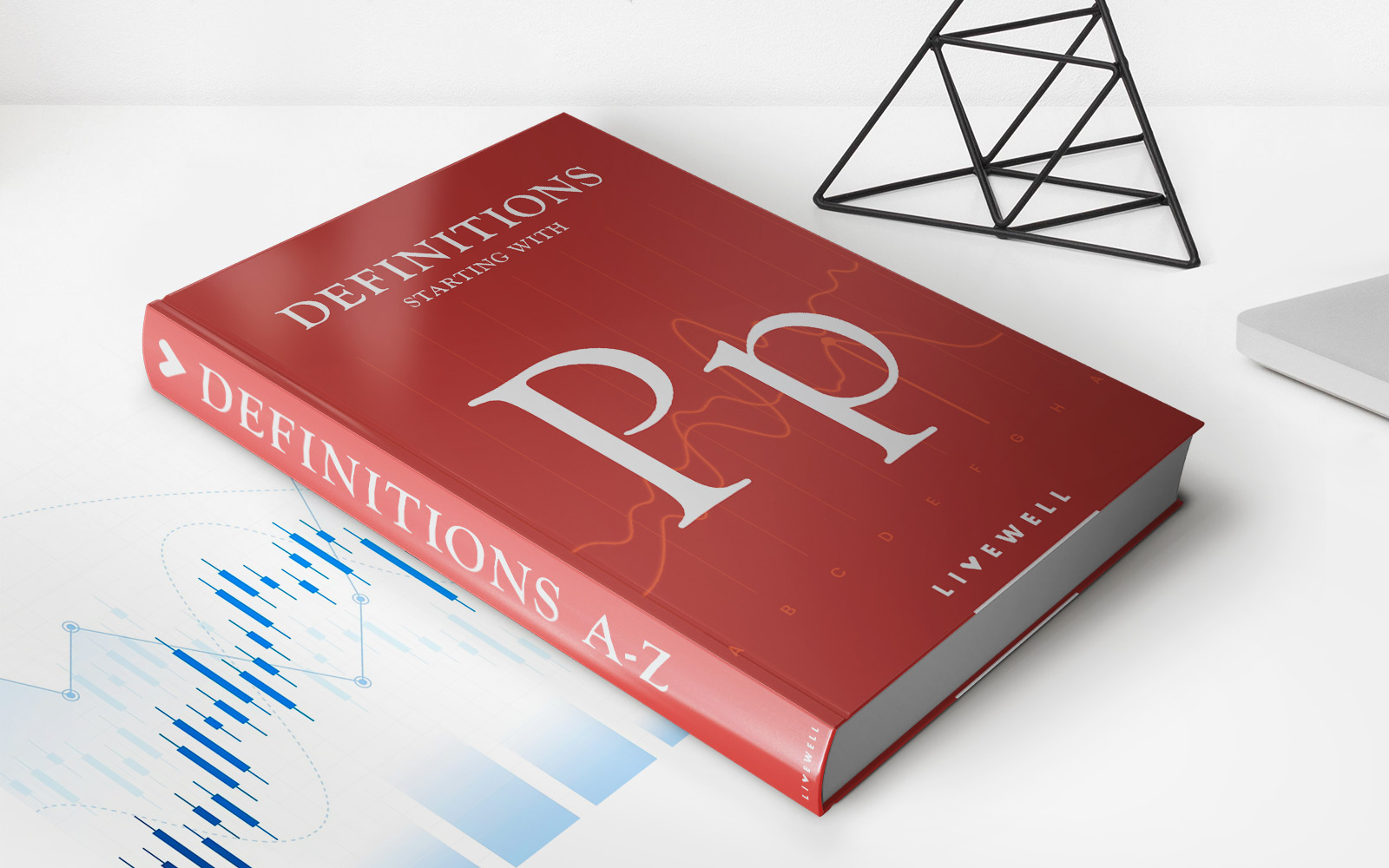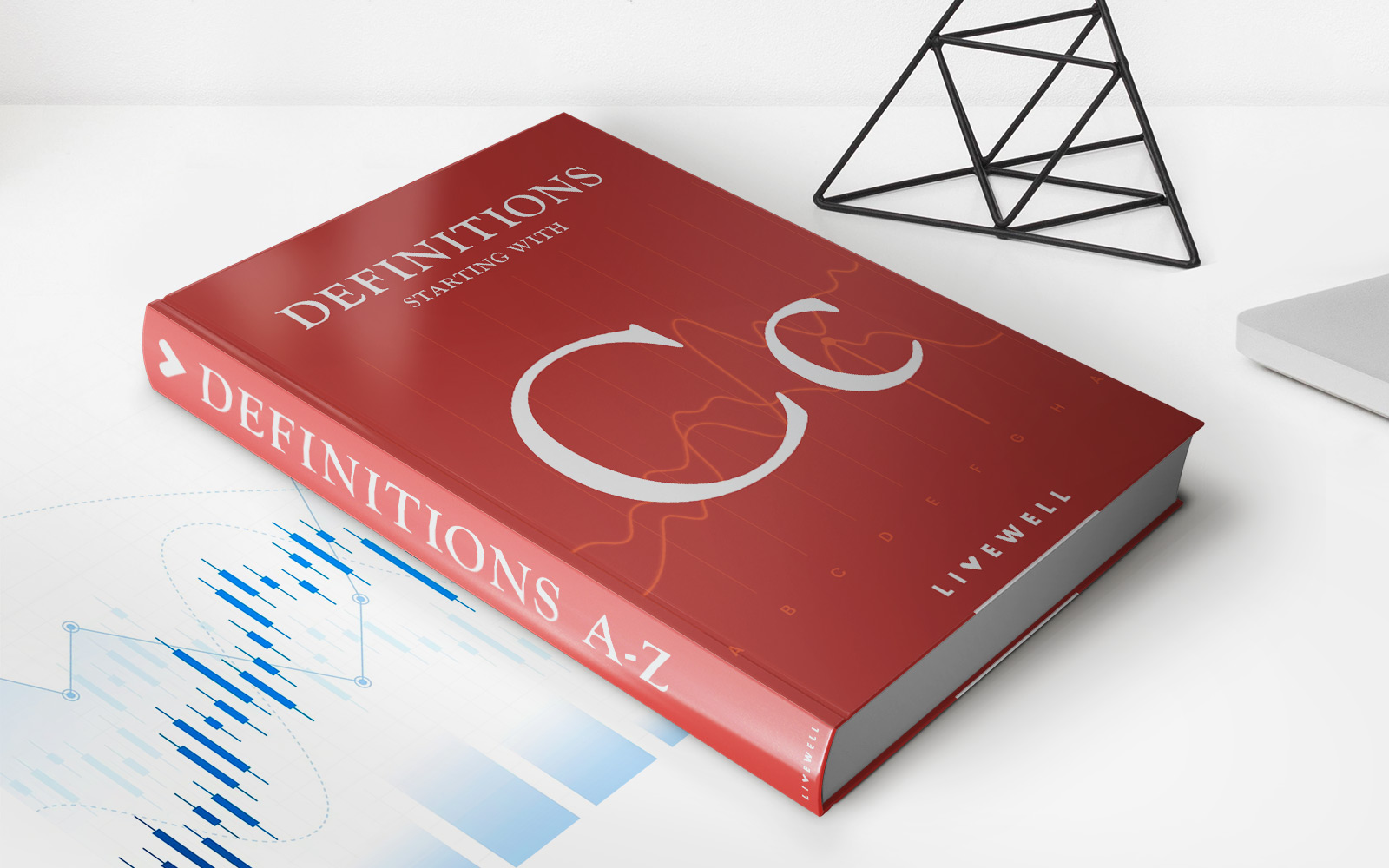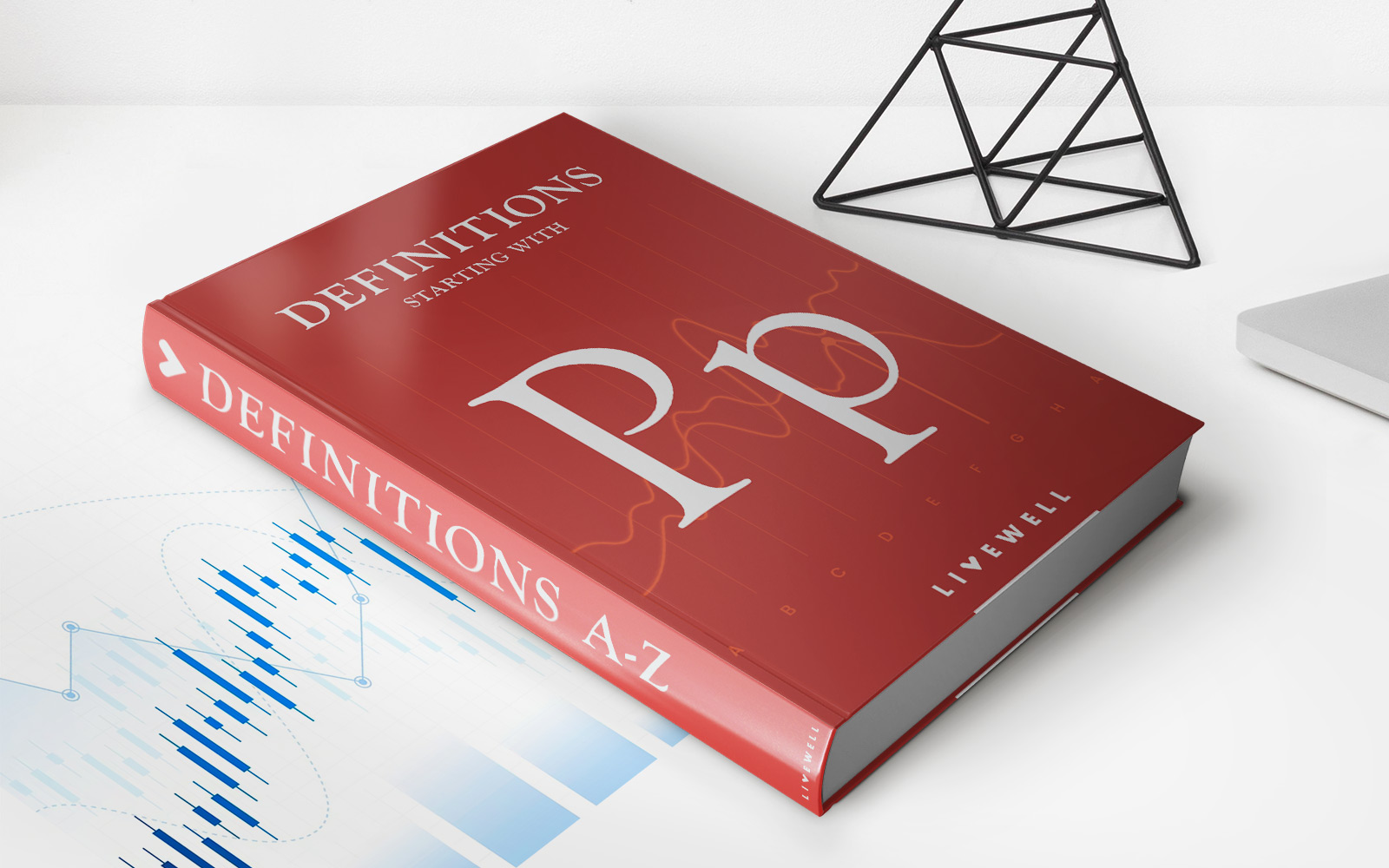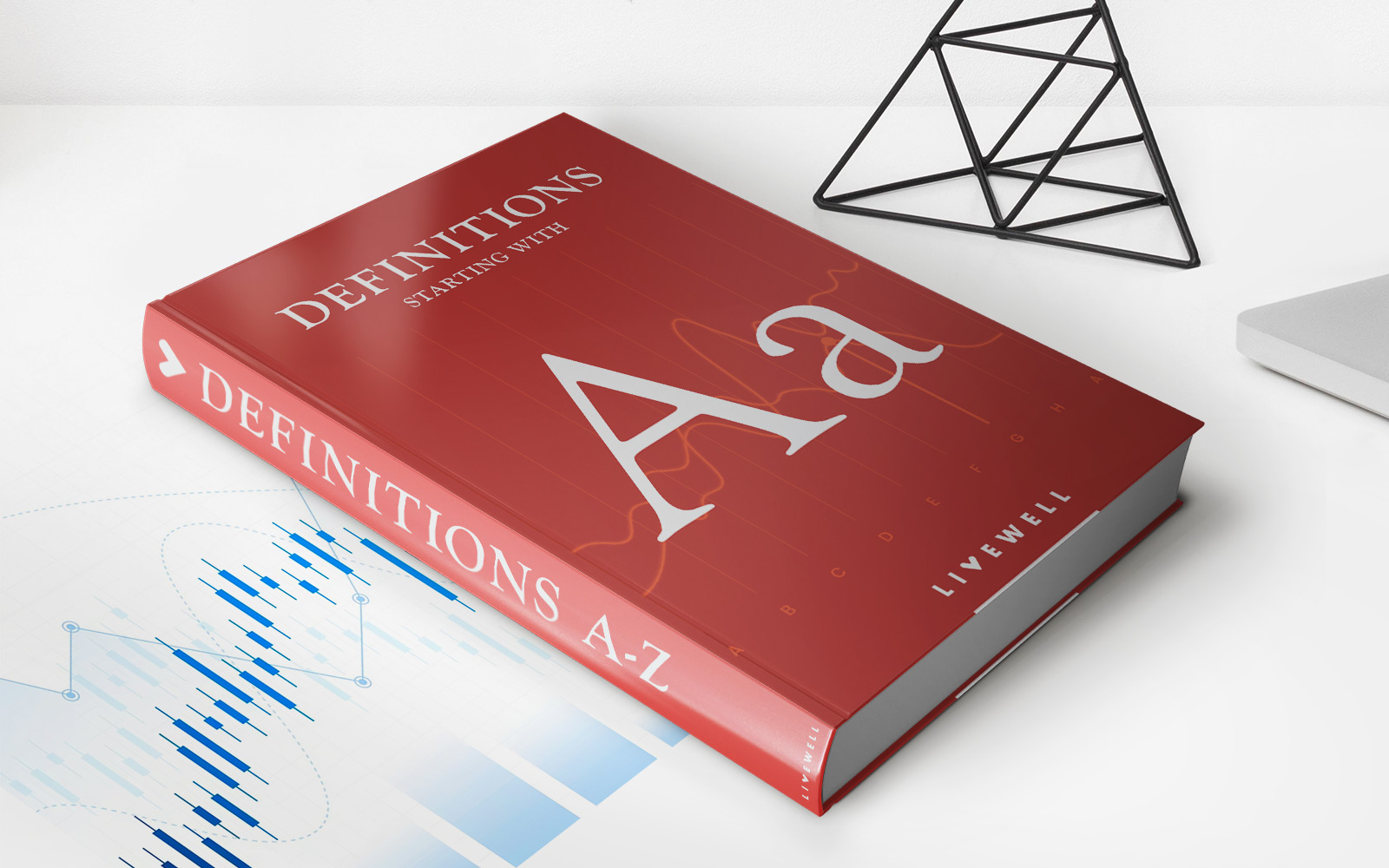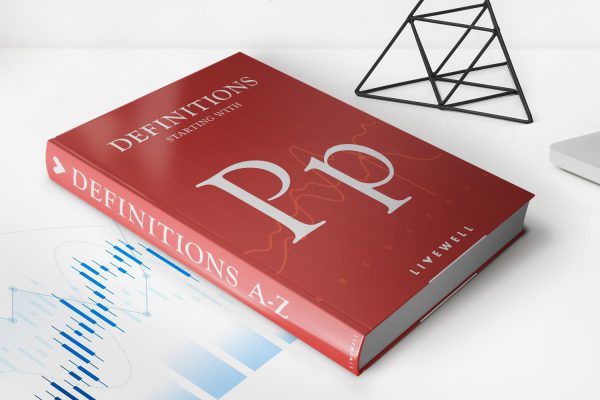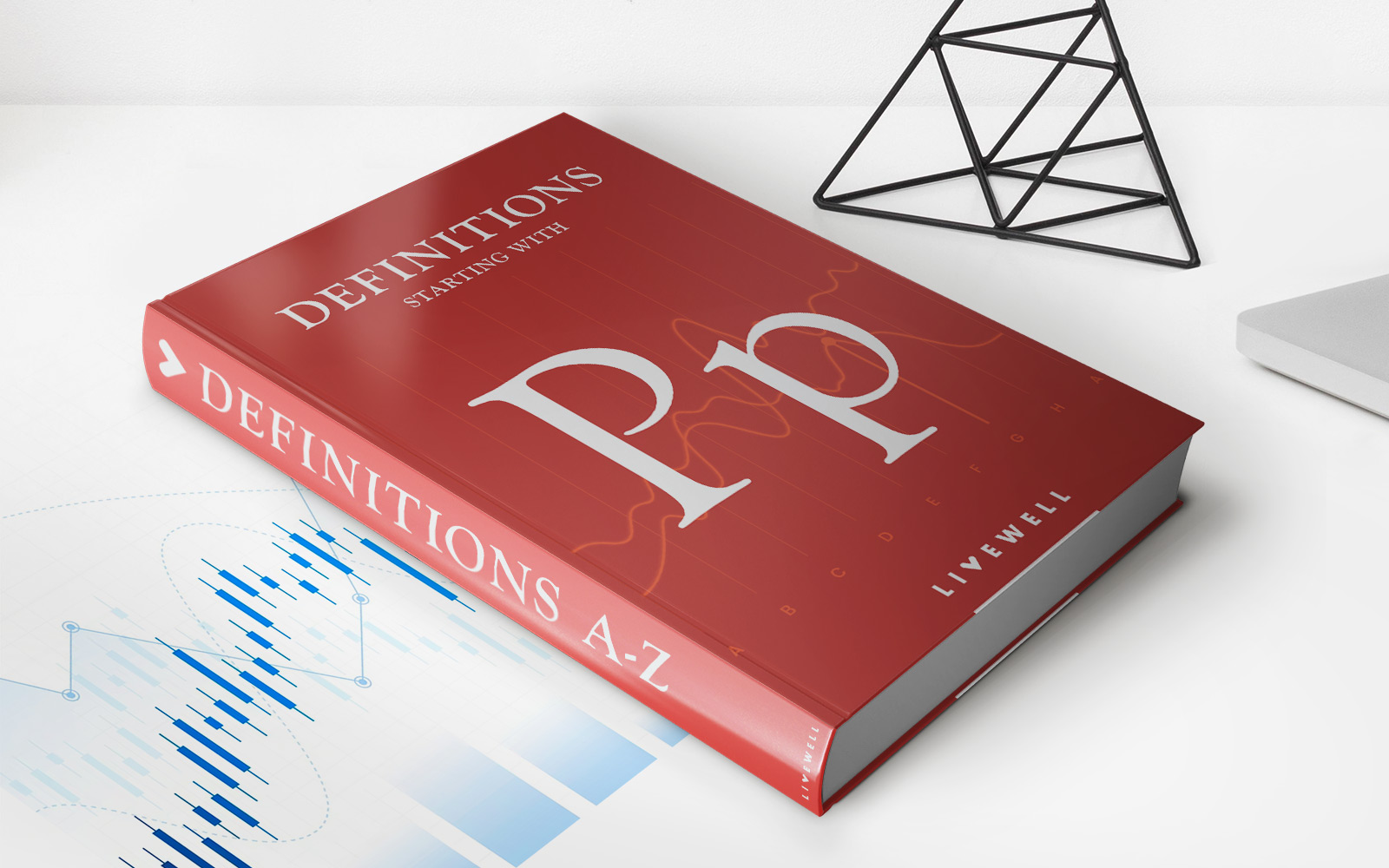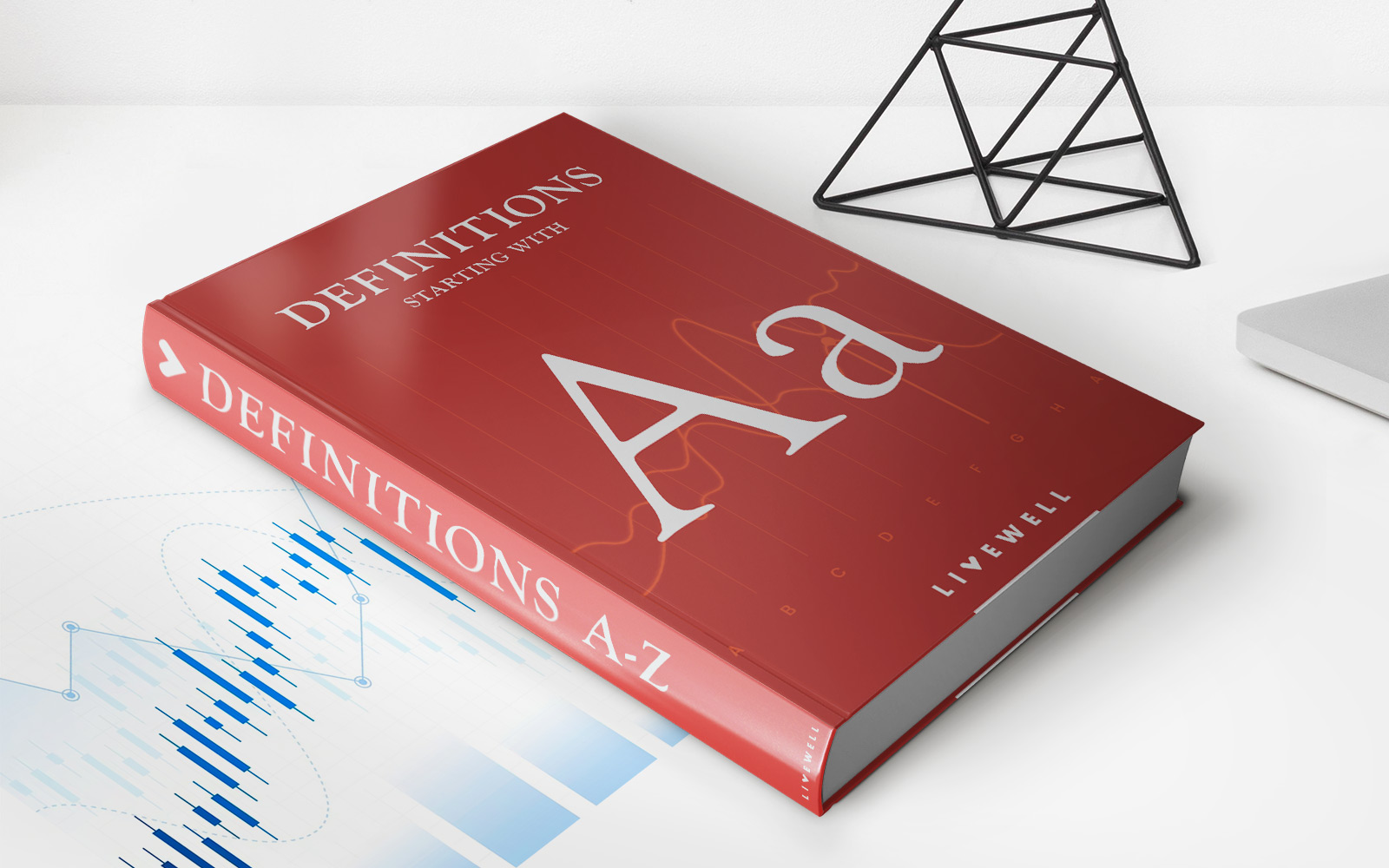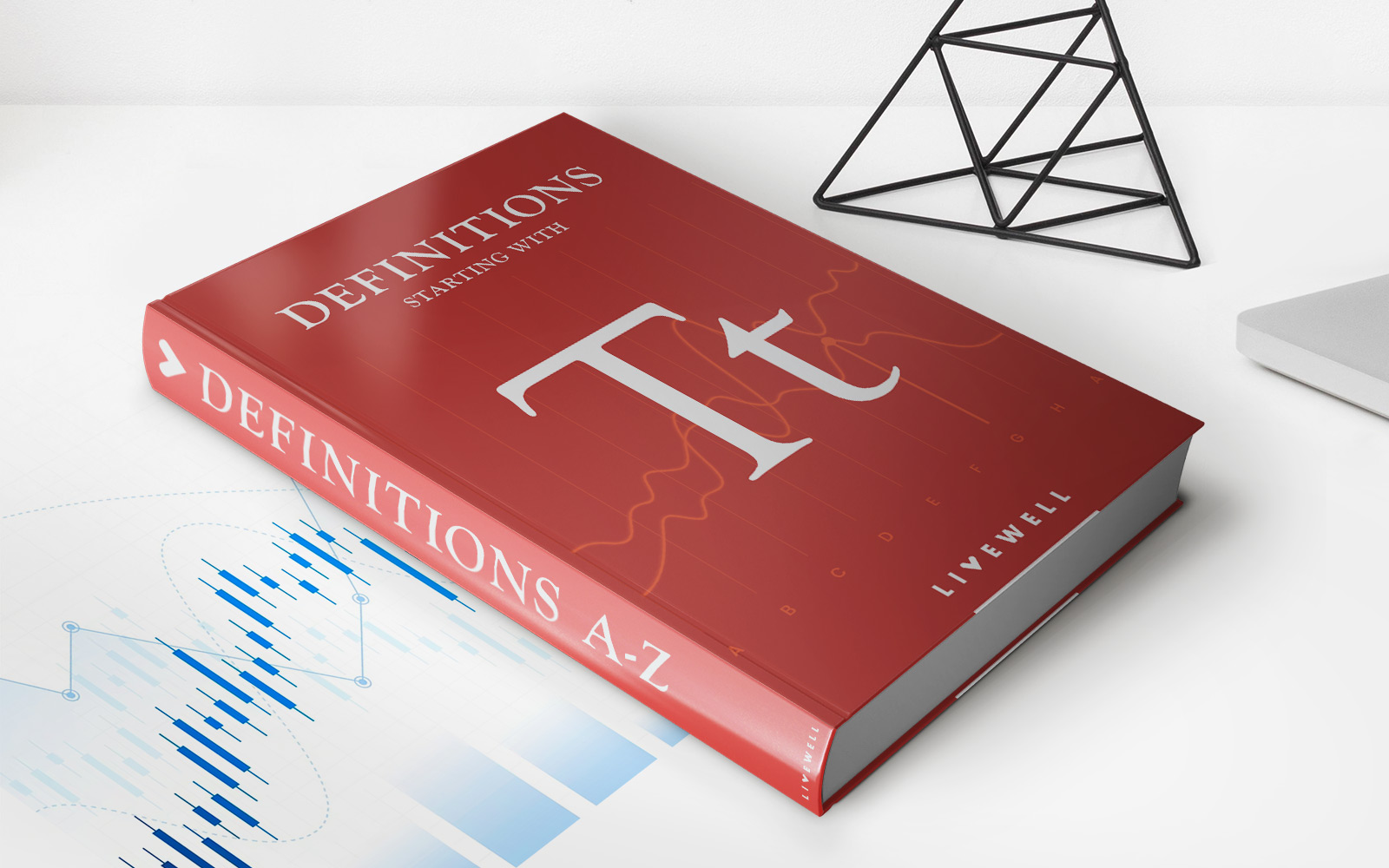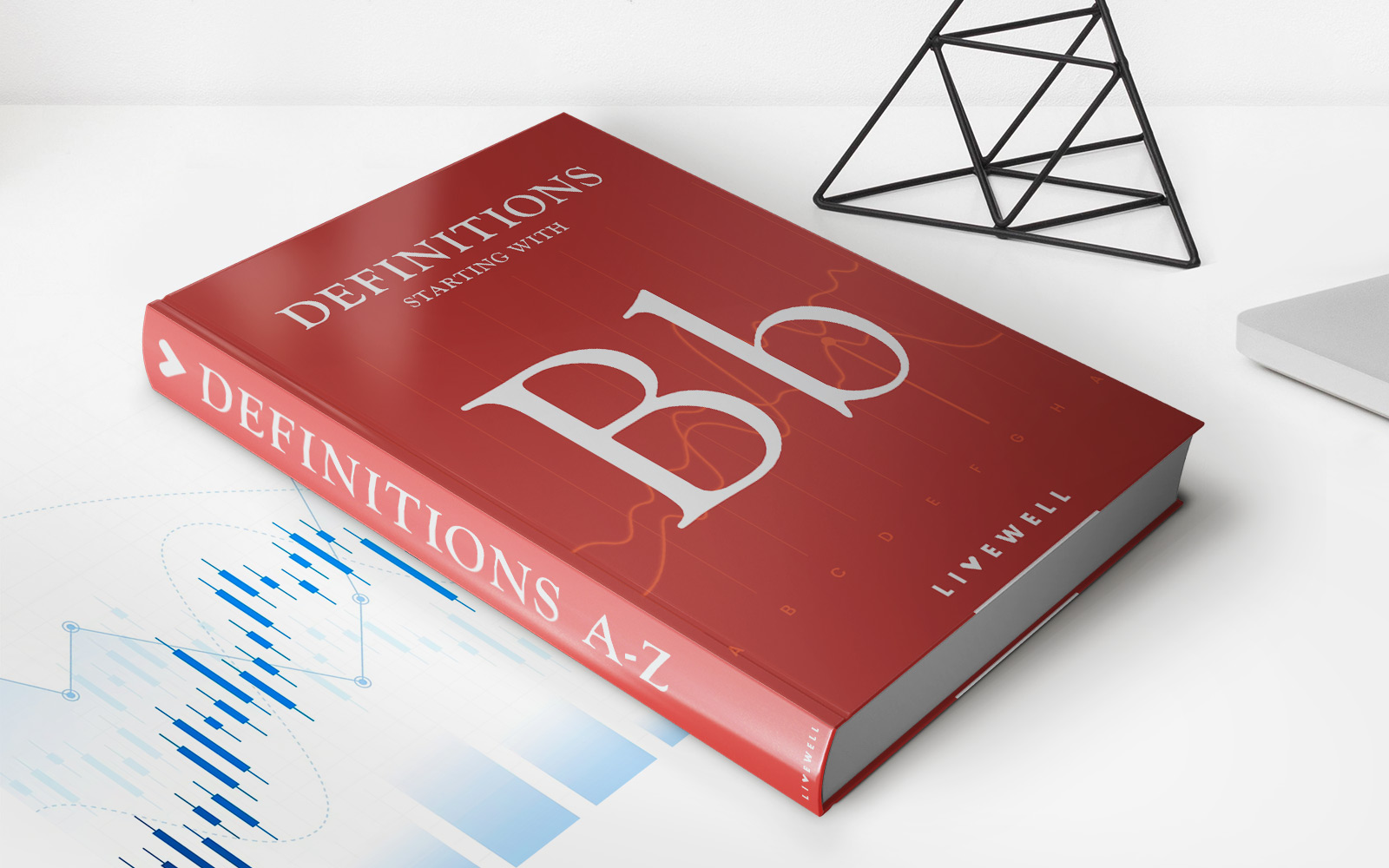

Finance
What Is A Peer-To-Peer Review For Insurance?
Published: November 20, 2023
Discover the benefits of peer-to-peer review for insurance in the finance industry. Get insights on how this innovative approach enhances transparency and accuracy in policy evaluation.
(Many of the links in this article redirect to a specific reviewed product. Your purchase of these products through affiliate links helps to generate commission for LiveWell, at no extra cost. Learn more)
Table of Contents
- Introduction
- Definition of Peer-To-Peer Review for Insurance
- How Peer-To-Peer Review Works
- Benefits of Peer-To-Peer Review for Insurance
- Challenges and Limitations of Peer-To-Peer Review for Insurance
- Case Studies: Successful Implementation of Peer-To-Peer Review in Insurance
- Future Trends and Outlook for Peer-To-Peer Review in Insurance
- Conclusion
Introduction
Welcome to the world of peer-to-peer (P2P) review for insurance, where traditional practices are being transformed by technology and collaborative initiatives. In an era of digital connectivity and shared experiences, the concept of P2P review has gained significant traction in the insurance industry. This innovative approach harnesses the power of collective intelligence to evaluate and assess insurance policies and claims.
Traditionally, insurance has been an industry dominated by large corporations and intermediaries who control the process of policy creation, pricing, and claims settlement. However, P2P review disrupts this traditional model by empowering policyholders and individuals to have a direct say in the insurance ecosystem. It enables individuals to contribute their opinions, experiences, and recommendations, creating a more transparent and collaborative environment.
P2P review for insurance is influenced by the broader concept of peer-to-peer sharing, which has revolutionized industries such as transportation (Uber) and accommodation (Airbnb). By applying the principles of peer-to-peer sharing to insurance, individuals can now provide real-time feedback on their insurance experiences, enabling others to make more informed decisions when choosing an insurance provider or policy.
By embracing P2P review, the insurance industry aims to address common pain points that policyholders face, such as opaque policy terms, lengthy claims processing, and lack of personalized customer service. It brings policyholders closer to the decision-making process and allows them to actively participate in shaping the insurance landscape.
While P2P review for insurance is still in its early stages, it holds immense potential to revolutionize the industry. In this article, we will explore the definition of P2P review for insurance, how it works, its benefits, challenges, and limitations, as well as provide case studies of successful implementations. Additionally, we will discuss future trends and the outlook for P2P review in the insurance industry.
Definition of Peer-To-Peer Review for Insurance
Peer-to-Peer (P2P) review for insurance refers to a collaborative process where policyholders and individuals share their experiences, opinions, and feedback regarding insurance policies and claims. It involves leveraging technology platforms and online communities to facilitate the exchange of information and insights.
In P2P review, policyholders act as both reviewers and beneficiaries. They have the opportunity to evaluate their insurance policies, provide feedback on their experiences, and share their opinions with others who are considering similar policies or insurers. This direct involvement of policyholders in the review process allows for a more democratic and transparent evaluation of insurance offerings.
Insurance companies and intermediaries can also participate in the P2P review process by actively engaging with policyholders and responding to their feedback. This interaction helps companies address concerns, resolve issues, and improve their products and services based on real-time feedback from policyholders. It fosters a culture of accountability and continuous improvement within the insurance industry.
P2P review for insurance is facilitated through digital platforms and online communities dedicated to insurance reviews. These platforms provide a space for policyholders to share their experiences, rate their policies, and provide detailed feedback on various aspects, such as coverage, pricing, customer service, claims handling, and overall satisfaction.
Policyholders can also benefit from the collective wisdom of the community by accessing reviews and ratings from other individuals who have faced similar insurance situations. This peer feedback allows them to make more informed decisions when purchasing insurance policies and helps them avoid potential pitfalls or unsatisfactory experiences.
It is important to note that P2P review for insurance does not replace the role of professional insurance advisors or agents. Instead, it complements their expertise by providing additional insights and perspectives from policyholders themselves. It empowers individuals to take an active role in evaluating insurance options and contributes to a more customer-centric insurance industry.
In summary, P2P review for insurance is a collaborative process that enables policyholders to share their experiences, opinions, and feedback about insurance policies and claims. It allows for direct involvement of policyholders in shaping the insurance industry, promotes transparency, and empowers individuals to make more informed decisions when choosing insurance coverage.
How Peer-To-Peer Review Works
Peer-to-Peer (P2P) review for insurance operates through online platforms and communities specifically designed for insurance policyholders. These platforms provide a structured framework for individuals to share their experiences, rate their policies, and provide detailed feedback on various aspects of their insurance coverage.
The process typically begins with policyholders signing up for the P2P review platform and creating an account. They can then search for their specific insurance provider or policy to start the review process. If their insurance provider or policy is not listed, they can add it to the platform and contribute their review to help others in the community.
Once the policy is selected or added, policyholders are prompted to provide information about their experience with the insurer and the policy itself. This may include details such as the coverage they received, the claims process, the customer service quality, and overall satisfaction. They can also rate their experience on a scale or provide more specific commentary about specific aspects of their policy.
Policyholders are encouraged to provide detailed and honest feedback to help other individuals in the community make informed decisions. They can highlight both positive and negative aspects of their experience, providing a comprehensive view of the insurance coverage and services received.
Other policyholders seeking information about a specific insurance policy or provider can access these reviews and ratings to evaluate their options. They can filter reviews based on relevant criteria, such as coverage, customer service, or claims handling, to find the most relevant and helpful feedback for their specific needs.
In addition to individual reviews, P2P review platforms may also aggregate ratings and create overall scores for insurance providers or policies. These scores are calculated using various factors, such as the average rating from policyholder reviews and the volume of reviews received. This allows individuals to get a quick overview and comparison of different insurance options based on the experiences of others.
Insurance companies and intermediaries have the opportunity to engage directly with policyholders through these platforms. They can respond to individual reviews, address concerns, and provide explanations or solutions to any issues raised. This open dialogue between policyholders and insurers fosters trust, accountability, and continuous improvement within the insurance industry.
Overall, P2P review for insurance works by providing a platform for policyholders to share their experiences and opinions, allowing individuals in the community to make more informed decisions. It creates a feedback loop between policyholders and insurers, promoting transparency and driving improvements in the quality of insurance products and services.
Benefits of Peer-To-Peer Review for Insurance
Peer-to-Peer (P2P) review for insurance offers several benefits to both policyholders and the insurance industry as a whole. Let’s explore some of the key advantages:
- Transparency: P2P review brings transparency to the insurance industry by allowing policyholders to openly share their experiences. This transparency helps individuals make more informed decisions when selecting insurance coverage, as they can access real-life feedback from other policyholders.
- Empowerment: P2P review empowers policyholders by giving them a voice. It enables individuals to actively participate in shaping the insurance landscape, as their feedback and opinions are taken into account by insurers. This shift from a passive role to an active participant cultivates a sense of empowerment and ownership over insurance decisions.
- Improved Decision-Making: By accessing peer reviews, policyholders can make more informed decisions when choosing insurance policies. They can weigh the experiences of others, consider potential advantages or disadvantages, and select the coverage that best suits their needs and preferences.
- Quality Assurance: P2P review acts as a quality assurance mechanism for insurance providers. Insurance companies and intermediaries can monitor and address the feedback provided by policyholders, allowing them to identify areas for improvement and enhance the quality of their products and services. This leads to a cycle of continuous improvement within the insurance industry.
- Customer-Centric Insurance: P2P review promotes a customer-centric approach to insurance. Insurers can gain valuable insights into the experiences and expectations of policyholders, allowing them to tailor their offerings to better meet customer needs. This customer-centric approach fosters long-term relationships and increased customer satisfaction.
- Community Support: P2P review platforms create a sense of community among policyholders. Individuals can connect with others who have faced similar insurance situations, share advice, and provide support. This community aspect enhances the overall insurance experience and builds trust among policyholders.
- Reduction in Information Asymmetry: P2P review reduces information asymmetry between insurance providers and policyholders. Policyholders can access firsthand experiences, ratings, and feedback from other individuals who have used specific insurance policies or dealt with particular insurers. This helps level the playing field and enables individuals to make more informed decisions.
These benefits highlight the positive impact that P2P review can have on the insurance industry. By embracing transparency, empowerment, and a customer-centric approach, P2P review enhances the overall insurance experience for policyholders while driving continuous improvement within the industry.
Challenges and Limitations of Peer-To-Peer Review for Insurance
While peer-to-peer (P2P) review for insurance offers numerous benefits, it is important to acknowledge the challenges and limitations that come with this approach. Let’s examine some of the key challenges:
- Lack of Objectivity: P2P reviews are subjective in nature, as they rely on individual experiences and opinions. The perception of insurance coverage and services can vary greatly from person to person, making it challenging to gauge the objective quality of an insurer or policy solely based on reviews.
- Incomplete Information: Users may not always provide comprehensive and detailed reviews, which can lead to limited information available for policyholders seeking guidance. Incomplete or biased reviews may not accurately represent the true quality of an insurance policy or provider.
- Manipulation and False Reviews: P2P review platforms are susceptible to manipulation and false reviews. Competitors or disgruntled individuals may post inaccurate or misleading information to damage the reputation of a policy or insurer. Ensuring the authenticity and reliability of reviews is an ongoing challenge.
- Selection Bias: P2P reviews may not be representative of the entire customer base. Individuals who have extreme experiences, positive or negative, are more likely to leave reviews compared to those with average or moderate experiences. This can create a selection bias and skew the overall perception of an insurance policy or provider.
- Limited Sample Size: The number of reviews available for a specific insurance policy or provider may be limited, particularly when it comes to newer or niche offerings. A limited sample size can make it difficult for potential policyholders to gauge the overall quality and performance of a policy or insurer.
- Complexity of Insurance Policies: Insurance policies can be complex and nuanced, making it challenging for policyholders to accurately evaluate and review them. The intricacies of policy terms, exclusions, and conditions may not be fully captured in a P2P review, leading to potential misunderstandings or misinterpretations.
- Privacy and Security Concerns: P2P review platforms require users to share personal information and experiences. Ensuring the privacy and security of this sensitive data is crucial to maintain user trust and protect against potential privacy breaches or data misuse.
While these challenges and limitations exist, P2P review for insurance continues to evolve, with platforms implementing measures to mitigate these issues. Striking the right balance between user-generated content and maintaining the accuracy and reliability of reviews remains a key challenge that needs to be addressed.
It is important for policyholders to approach P2P reviews with a critical mindset, considering various sources of information and seeking advice from professional insurance advisors or agents. Combining the insights from P2P reviews with expert guidance can help policyholders make well-informed decisions regarding their insurance coverage.
Ultimately, understanding the limitations and potential biases of P2P reviews will help individuals navigate the information landscape more effectively and make more informed decisions.
Case Studies: Successful Implementation of Peer-To-Peer Review in Insurance
Several insurance companies have successfully implemented peer-to-peer (P2P) review systems, harnessing the power of collective intelligence to improve their offerings and enhance the customer experience. Let’s take a look at a few notable case studies:
- Lemonade Insurance: Lemonade Insurance, a digital insurance company, has embraced P2P review as a core component of its business model. Through their mobile app, policyholders can provide feedback and rate their experience with Lemonade’s renters, homeowners, and pet insurance products. The platform encourages transparency and facilitates open communication between policyholders and the company. Lemonade actively responds to reviews, addressing concerns and resolving issues raised by policyholders. This commitment to P2P review has helped Lemonade build a strong reputation for customer-centricity and innovation in the insurance market.
- CoverHound: CoverHound, an online insurance comparison platform, incorporates P2P reviews into its platform to enhance the decision-making process for users. They aggregate reviews from multiple sources and display them alongside insurance policy details. This allows users to not only compare prices and coverage but also consider the experiences of other policyholders. By integrating P2P review functionality, CoverHound empowers users to make more informed insurance purchasing decisions.
- Zego: Zego, a UK-based insurtech company, utilizes P2P review to enhance its commercial motor fleet insurance offering. The company gathers feedback from policyholders, specifically targeting taxi and delivery drivers, to understand their insurance needs and improve their product. Zego actively engages with policyholders through their online platform, responding to reviews and addressing concerns. This transparency and two-way communication have helped Zego establish a strong reputation for providing tailored insurance solutions and exceptional customer service.
These case studies demonstrate how P2P review can be effectively integrated into insurance operations, bringing numerous benefits to both policyholders and insurance providers. By leveraging the insights and experiences of policyholders, companies can identify areas for improvement, address concerns in real-time, and ultimately enhance their products and services.
Successful implementation of P2P review requires a commitment to transparency, open communication, and a customer-centric approach. Companies that embrace P2P review as a means of continuous improvement and actively engage with policyholders in their feedback process are more likely to succeed in today’s competitive insurance landscape.
These case studies serve as inspiration for other insurance companies looking to adopt P2P review as part of their customer engagement strategies. By actively seeking and integrating policyholder feedback, companies can build trust, improve their offerings, and create a more customer-centric insurance ecosystem.
Future Trends and Outlook for Peer-To-Peer Review in Insurance
The future of peer-to-peer (P2P) review in the insurance industry looks promising, as advancements in technology and changing customer expectations continue to shape the landscape. Here are some of the key trends and outlook for P2P review in insurance:
- Increased Adoption: As more individuals discover the benefits of P2P review, the adoption of such platforms in the insurance industry is expected to accelerate. Policyholders are becoming increasingly comfortable sharing their experiences online, and insurance companies recognize the value of incorporating customer feedback into their decision-making processes.
- Integration with Digital Platforms: P2P review systems will likely be integrated with various digital platforms, such as insurance comparison websites, mobile apps, and social media platforms. This integration will provide seamless access to P2P reviews, making it easier for individuals to make informed decisions when purchasing insurance coverage.
- Artificial Intelligence and Automation: AI and automation technologies will play a vital role in enhancing the P2P review process in insurance. AI algorithms can analyze large volumes of data from reviews and provide valuable insights to both policyholders and insurers. Automation can streamline the review process, improving efficiency and accuracy.
- Blockchain for Trust and Security: Blockchain technology can enhance the trust and security aspects of P2P reviews. By leveraging blockchain’s immutability and decentralized nature, P2P review platforms can ensure the authenticity and integrity of reviews, reducing the risk of manipulation or false information.
- Real-Time Feedback: P2P review platforms will likely incorporate real-time feedback features, allowing users to provide instantaneous feedback on their insurance experiences. This immediate feedback loop enables insurance companies to address issues promptly, leading to faster resolution and improved customer satisfaction.
- Integration of Smart Contracts: P2P review systems may integrate with smart contract technology to automate claims processing and ensure policyholders receive efficient and fair settlements. Smart contracts can streamline the claims process and reduce friction, enhancing the overall customer experience.
- Emphasis on Data Privacy and Security: In an era of heightened data privacy concerns, P2P review platforms will prioritize the protection of personal information. Stricter privacy regulations and enhanced security measures will be implemented to ensure the confidentiality and secure handling of sensitive user data.
The outlook for P2P review in insurance is optimistic, as it aligns with the evolving customer expectations for transparency, personalized experiences, and collaborative decision-making. By harnessing the collective intelligence of policyholders, P2P review can continue to drive improvements in the insurance industry.
However, challenges such as maintaining the authenticity of reviews, addressing biases, and managing the scalability of platforms will need to be addressed. Insurance companies and P2P review platforms must actively respond to these challenges to ensure the continued success and relevance of P2P review in the future.
Overall, P2P review is poised to play an increasingly significant role in the insurance industry, enriching the customer experience, promoting transparency, and empowering policyholders with valuable insights for their insurance decision-making.
Conclusion
Peer-to-peer (P2P) review has emerged as a transformative force in the insurance industry, empowering policyholders, promoting transparency, and driving continuous improvement. P2P review allows individuals to share their experiences, rate insurance policies, and provide valuable feedback on various aspects of their coverage. Through online platforms and communities, policyholders can access real-time feedback and insights from others, enabling them to make better-informed decisions when selecting insurance providers and policies.
The benefits of P2P review for insurance are evident. It brings transparency to the industry, empowers policyholders by giving them a voice, and promotes a customer-centric approach. Insurance companies can leverage P2P review to improve their products and services, address concerns, and build trust with customers. P2P review also fosters a sense of community among policyholders, allowing them to connect, share advice, and provide support.
However, P2P review also faces challenges and limitations, including subjectivity, incomplete information, and the potential for manipulation. It is important for policyholders to approach P2P reviews with a critical mindset and consider other sources of information alongside user-generated content. Insurance companies and P2P review platforms must continuously address these challenges to maintain the integrity and reliability of the review process.
The future outlook for P2P review in insurance is promising. Advancements in technology, such as AI, blockchain, and automation, will enhance the review process and provide policyholders with more seamless and secure experiences. Integration with digital platforms and the emphasis on data privacy and security will further strengthen the adoption and trust in P2P review platforms.
In conclusion, P2P review for insurance is transforming the way individuals interact with insurance providers and policies. It offers policyholders a platform to share their experiences, make informed decisions, and contribute to the improvement of the insurance industry. By embracing P2P review, insurers can build stronger relationships with their customers, enhance their products and services, and create a more transparent and customer-centric insurance ecosystem.
